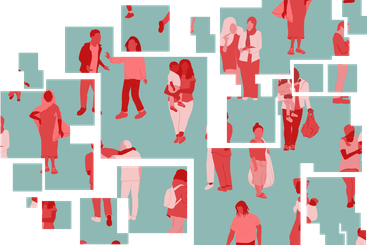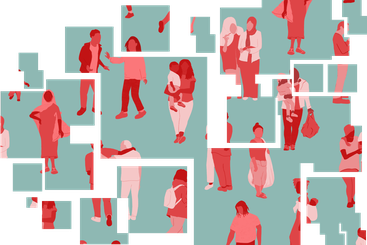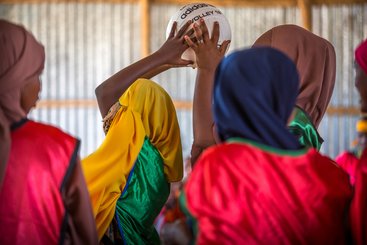Social cohesion is loosely understood as the quality of relationships between different groups of people, and between those groups and the institutions that govern them. Humanitarian policy interest in this is on the rise, though it has been growing within development and peacebuilding circles for some time.
Despite this, there remains little consensus on how social cohesion should be defined, monitored or evaluated. What is more, social cohesion is not inherently good – like all social processes it carries underlying risks, limitations, inconsistencies and trade-offs. Not only are there limits to what interventions driven by external aid actors can ultimately achieve, but interventions can have unintended impacts. The kind of aid that is given, the mechanisms through which it is distributed, and the people selected to receive it can all have a bearing on social cohesion between groups. However, these limitations have not deterred aid actors working in displacement settings from attempting to address social cohesion, even without a clear understanding of what ‘it’ is.
To address some of the issues, this paper explores the various ways in which social cohesion is understood, operationalised, influenced and problematised in displacement settings and responses. Building on early definitions and interventions as well as contemporary approaches and contexts, the paper seeks to identify issues, gaps, opportunities and implications for research.
Building on the findings from this paper, the Humanitarian Policy Group (HPG) at ODI is embarking on a two-year project on social cohesion in displacement. The project will explore social cohesion between refugees and host communities, as well as within displaced communities. It will be framed by four overarching questions:
- What aspects of social cohesion matter to displacement-affected communities?
- What factors drive or undermine social cohesion between and within refugee and host communities?
- What is the role of aid in shaping social cohesion?
- How might aid actors contribute to better social cohesion outcomes for affected people?




